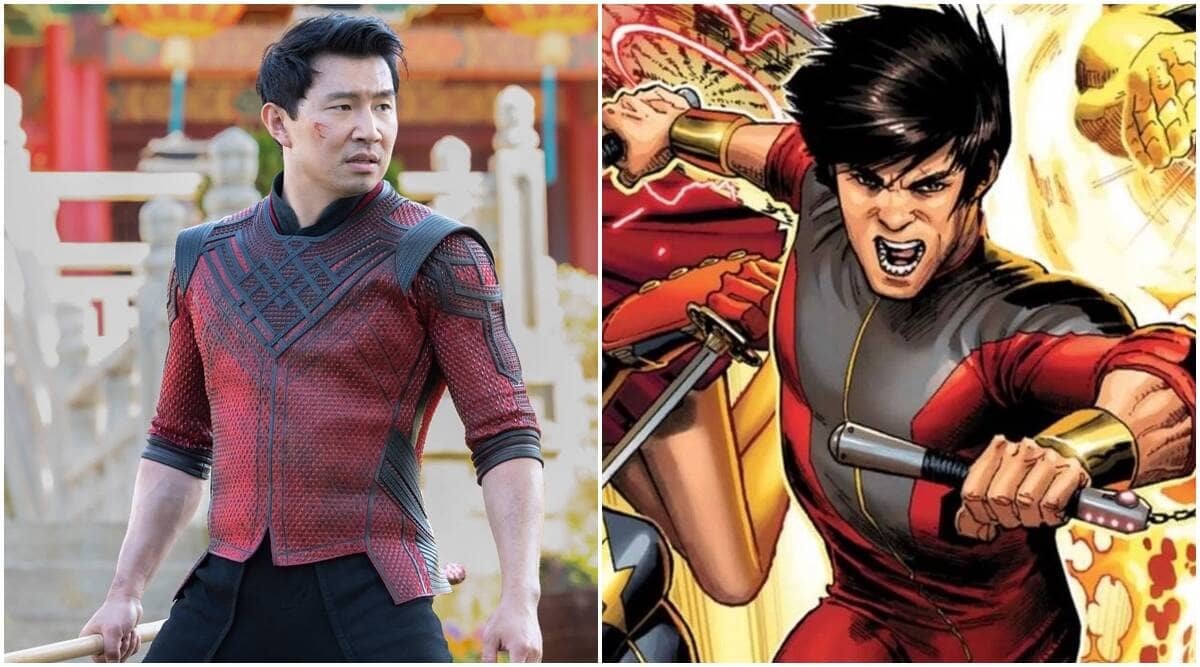Asian culture has established deep roots within America as Asian-Americans have built and fostered communities across the nation; China/Korea/Japantowns, Asian food markets, and restaurants like hot pot and Korean BBQ places have all become staples of American life. Yet, Asian roots in Hollywood have not found their footing; the Joy Luck Club was an outlier in an expanse of time that saw very little Asian representation. 2018 saw the release of the major Hollywood film Crazy Rich Asians, a critically-acclaimed box-office hit that united an ensemble cast of Asian actors/actresses for a fun and moving theater experience. But once the excitement died down, again came a drought of Asian-centric films—until Marvel Studios announced the movie Shang-Chi and the Legend of the Ten Rings at a time when the superhero genre, especially the Marvel Cinematic Universe, was a global phenomenon in pop culture.
Simu Liu, a Canadian actor born in China and raised in Ontario, stars as the titular superhero Shang-Chi, a master of martial arts who finds his footing as a normal citizen forced to come to terms with his past and as arguably the most predominant Asian character in Marvel’s wide cast of superheroes. Before this movie’s release, comic fans may have recognized Shang- Chi’s name, but for a layman, they likely would not have heard of him at all. This is to be expected; relatability and humanism is a key factor for superhero popularity, as seen in Spider- Man, a white teen balancing school with saving the world, or in Superman, a white adult who, despite being an alien and immensely powerful, came from a humble rural upbringing and balances his career and romantic life with superhero duties. But now, with American society becoming more diverse, representation is key to reflecting the changing society of today’s world. Shang-Chi follows in the footsteps of super-powered people-of-color like Miles Morales (a Black and Hispanic Spider-Man) and Kamala Khan (a Muslim South Asian-American who goes by Ms Marvel) to bring Asian culture to the forefront of the biggest movie franchise in history and of Hollywood as a whole.
The movie itself ties in fantastical elements such as wuxia combat and every-day elements such as eating zhou, Chinese rice porridge, for breakfast. Nothing felt forced or put in place just to be there; it gave a glimpse of Asian-American life as easily as most other movies give glimpses of life for traditional white citizens. In particular, the Mandarin dialogue, while not terribly frequent, was not only well-spoken, but also used specific colloquial vernacular that made it feel authentic and enriching for movie-goers who understood the words without having to read subtitles when displayed. And for those with no connection to Chinese or Asian culture, there were still many parts of the film that broadened inclusivity: the soundtrack, produced in English by various Asian artists, gave an ambience with a pop beat familiar and resonating to all types of audiences.
Watching Shang-Chi and the Legend of the Ten Rings amidst a theater packed with classmates of all races was exhilarating and fresh; the enjoyment was palpable when walking out of the theater, and to have a Chinese superhero’s big-screen debut be so entertaining and critically-acclaimed made all the difference for a Chinese-American superhero fan like me. With a sequel already announced, I can’t wait to see what more Shang-Chi has to offer for Marvel and for Asian representation in the movie industry.
About The Author: Daniel is an ABC (American Born Chinese) and lives in Western New York. He currently attends Brown University concentrating in Computer Science and interns for CSEBRI.
References:
https://en.wikipedia.org/wiki/Shang-Chi_and_the_Legend_of_the_Ten_Rings






